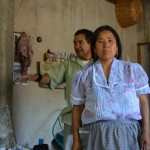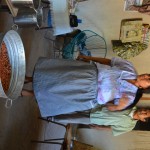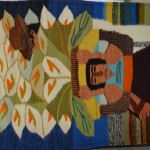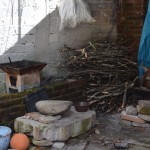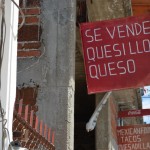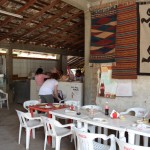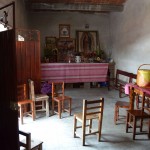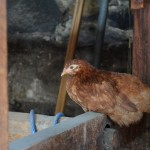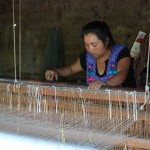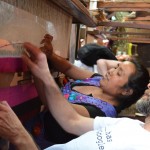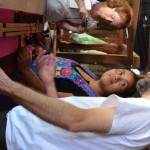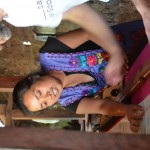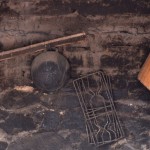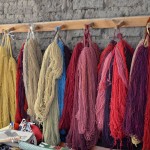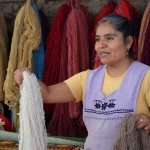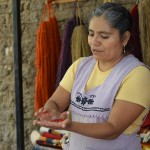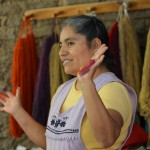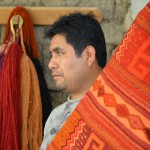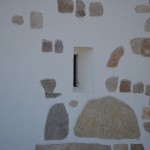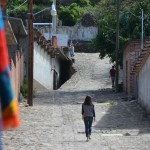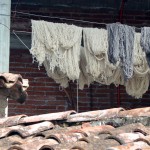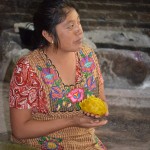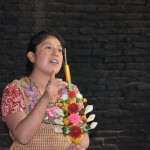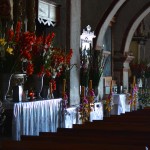When MyPCC was first introduced at Portland Community College, I would grab emails that came out to staff to post in our new student portal. The typical practice back then was for staff to send emails out to all other staff about something pertinent to students. Of course these messages were never seen by their true target. Hopefully some staff shared these with students in some way — perhaps posting on a wall or announcing something in class.
The days of me searching for news to post faded quickly. The college soon learned that students do indeed pay attention to announcements posted in the student portal (MyPCC). How did we know this? At the time we didn’t have any real statistics but we did have stories.
A faculty member thanked me for posting a poetry reading. He was very thankful because the reading had more than 70 students attend. This was a very impressive turn out.
We would also regularly get staff members posting an opportunity for students. For example, a job posting. Soon after we’d receive a request to remove the announcement due to the large response.
With success came the flood. I no longer had to search for announcements, everyone wanted one. Now we had to structure the communication. We did (that is a separate story), and while not perfect, our practices and governance are still in place.
We also now have better statistics on views of our announcements. Here are total views for a recent set of announcements:
- 7,500 views: Grades Available Tues. 3/26
- 12,000 views: Update on police investigation in the news
- 6,500 views: Course evaluations online until 3/17
- 2,500 views: Message from the President: Budget forums set
- 5,900 views: Desire2Learn Outage and Storage Issues – 1/29/13 (only up for 2 full days)
- 1,500 views: Weather Alert: All classes and events cancelled until noon today (only up 1 day and available prominently elsewhere on the PCC website)
Here is what a typical month looks like showing pageviews which equate to a view of an announcement:
Our audience is aware and paying attention to what we say. While MyPCC isn’t the only way we reach our students it is a primary channel.


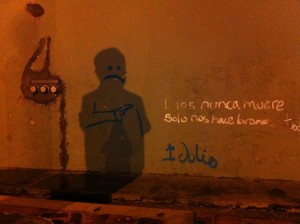
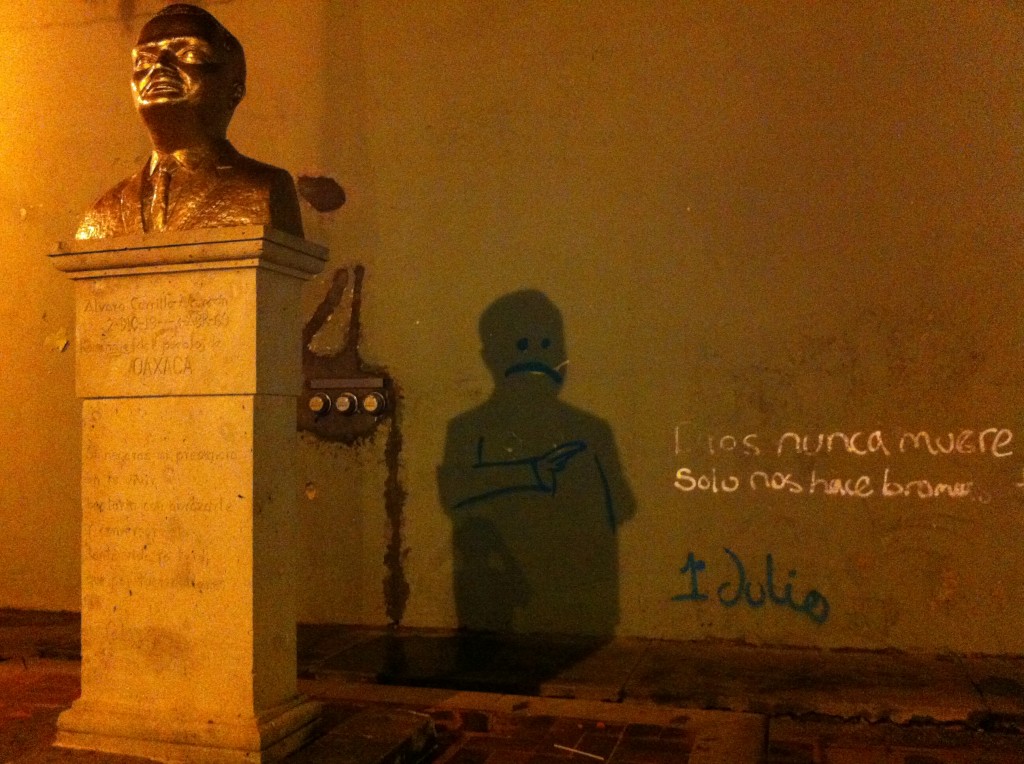
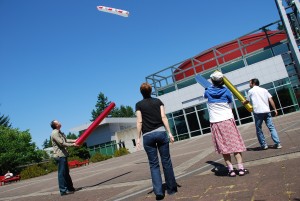 The college sent me to Oaxaca to learn about the culture and bring this back to Portland. Rather than buy small gifts for my work team, I shared a bit of Oaxaca in the form of drink, food and fun. This afternoon we enjoyed watermelon flavored water, conchas (a Mexican sweet bread), and fun with globos.
The college sent me to Oaxaca to learn about the culture and bring this back to Portland. Rather than buy small gifts for my work team, I shared a bit of Oaxaca in the form of drink, food and fun. This afternoon we enjoyed watermelon flavored water, conchas (a Mexican sweet bread), and fun with globos.
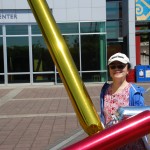









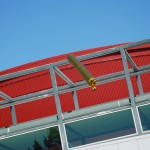
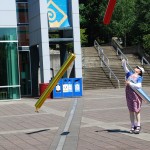
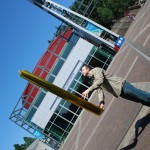


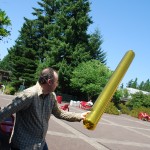






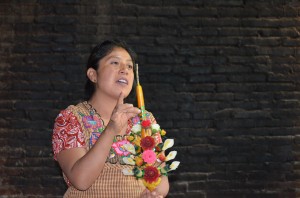 I made a bird form in wax to be used in candle decorations. Kneeling next to our host as she did with her grandmother learning her skills was inspiring. While this was a thrill for me, for her it is her family’s livelihood. At the young age of nine her grandmother passed away and she fulfilled family obligations for candle orders. Since then she has continued to practice the art she loves.
I made a bird form in wax to be used in candle decorations. Kneeling next to our host as she did with her grandmother learning her skills was inspiring. While this was a thrill for me, for her it is her family’s livelihood. At the young age of nine her grandmother passed away and she fulfilled family obligations for candle orders. Since then she has continued to practice the art she loves.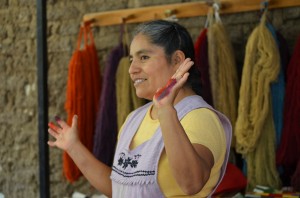 From one set of weavers our group learned of the process involved in their art. The natural dyes that create a multitude of permanent colors derived from sources such as aster flowers for yellow, indigo, cochineal insects for red (with lime to attain an orange). How each dye is used with different wools to achieve more colors. For example a brown natural wool dyed with indigo to achieve black. The work involved is impressive, the colors attained are breathtaking as are the resulting tapetes.
From one set of weavers our group learned of the process involved in their art. The natural dyes that create a multitude of permanent colors derived from sources such as aster flowers for yellow, indigo, cochineal insects for red (with lime to attain an orange). How each dye is used with different wools to achieve more colors. For example a brown natural wool dyed with indigo to achieve black. The work involved is impressive, the colors attained are breathtaking as are the resulting tapetes.
